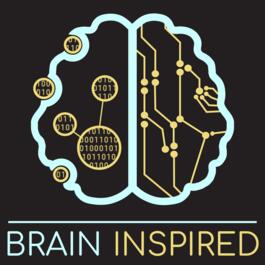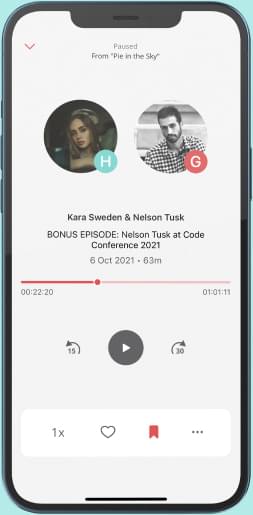
Support the show to get full episodes, full archive, and join the Discord community. The Transmitter is an online publication that aims to deliver useful information, insights and tools to build bridges across neuroscience and advance research. Visit thetransmitter.org to explore the latest neuroscience news and perspectives, written by journalists and scientists. Read more about our partnership. Sign up for the “Brain Inspired” email alerts to be notified every time a new “Brain Inspired” episode is released. To explore more neuroscience news and perspectives, visit thetransmitter.org. The concept of a schema goes back at least to the philosopher Immanuel Kant in the 1700s, who use the term to refer to a kind of built-in mental framework to organize sensory experience. But it was the psychologist Frederic Bartlett in the 1930s who used the term schema in a psychological sense, to explain how our memories are organized and how new information gets integrated into our memory. Fast forward another 100 years to today, and we have a podcast episode with my guest today, Alison Preston, who runs the Preston Lab at the University of Texas at Austin. On this episode, we discuss her neuroscience research explaining how our brains might carry out the processing that fits with our modern conception of schemas, and how our brains do that in different ways as we develop from childhood to adulthood. I just said, "our modern conception of schemas," but like everything else, there isn't complete consensus among scientists exactly how to define schema. Ali has her own definition. She shares that, and how it differs from other conceptions commonly used. I like Ali's version and think it should be adopted, in part because it helps distinguish schemas from a related term, cognitive maps, which we've discussed aplenty on brain inspired, and can sometimes be used interchangeably with schemas. So we discuss how to think about schemas versus cognitive maps, versus concepts, versus semantic information, and so on. Last episode Ciara Greene discussed schemas and how they underlie our memories, and learning, and predictions, and how they can lead to inaccurate memories and predictions. Today Ali explains how circuits in the brain might adaptively underlie this process as we develop, and how to go about measuring it in the first place. Preston Lab Twitter: @preston_lab Related papers: Concept formation as a computational cognitive process. Schema, Inference, and Memory. Developmental differences in memory reactivation relate to encoding and inference in the human brain. Read the transcript. 0:00 - Intro 6:51 - Schemas 20:37 - Schemas and the developing brain 35:03 - Information theory, dimensionality, and detail 41:17 - Geometry of schemas 47:26 - Schemas and creativity 50:29 - Brain connection pruning with development 1:02:46 - Information in brains 1:09:20 - Schemas and development in AISupport the show to get full episodes, full archive, and join the Discord community. The Transmitter is an online publication that aims to deliver useful information, insights and tools to build bridges across neuroscience and advance research. Visit thetransmitter.org to explore the latest neuroscience news and perspectives, written by journalists and scientists. Read more about our partnership. Sign up for the “Brain Inspired” email alerts to be notified every time a new “Brain Inspired” episode is released. To explore more neuroscience news and perspectives, visit thetransmitter.org. The concept of a schema goes back at least to the philosopher Immanuel Kant in the 1700s, who use the term to refer to a kind of built-in mental framework to organize sensory experience. But it was the psychologist Frederic Bartlett in the 1930s who used the term schema in a psychological sense, to explain how our memories are organized and how new information gets integrated into
From "Brain Inspired"


Comments
Add comment Feedback